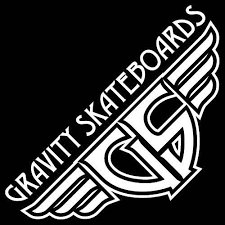When you talk about a "longboard skate", you are in the territory of a subculture within a subculture, which feeds on myths and legends of its own, has unwritten rules and communities that build their own rituals and shape their own language.

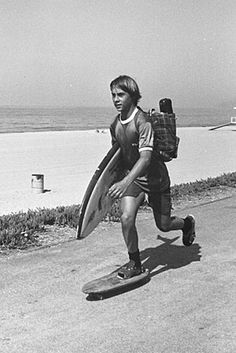
The longboard descends from the noble art of surfing and is the brother of skateboarding. The idea originated with surfers in Hawaii. They wanted to bring surfing to land when the waves were too small to surf. They made a new kind of skateboard of thick plywood shaped into a smaller version of a surfboard, with trucks and wheels screwed to the decks, and used their surfing moves on small hills.
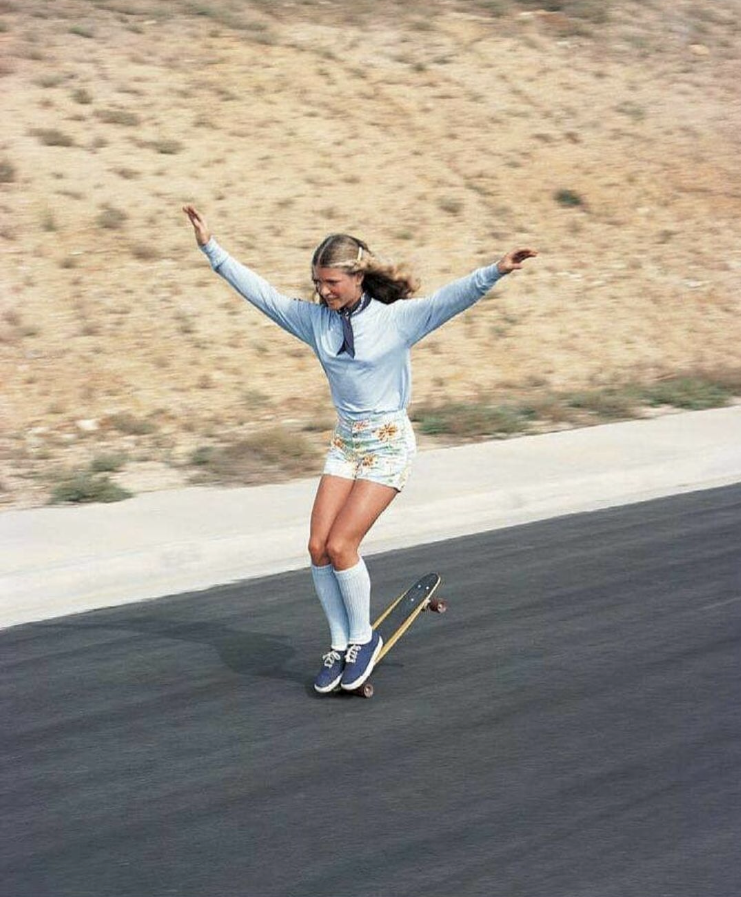
In 1970s, a small group of longboarders honed their techniques, and some were profiled in a 1978 SkateBoarder magazine article, "Cult of the Longboard". SkateboarderTom Sims, a surfer from Santa Barbara, gave life to the phenomenon of downhill, the reckless descent along the mountain roads. Despite the advent of polyurethane wheels (referred to as "thane" by longboarders), longboarding did not become popular in the 1970s. It lived on as an underground sport with home hobbyists continuing to make boards in their garages or strap trucks onto snowboard decks using old Kryptonic wheels from the 1970s or roller skating wheels.
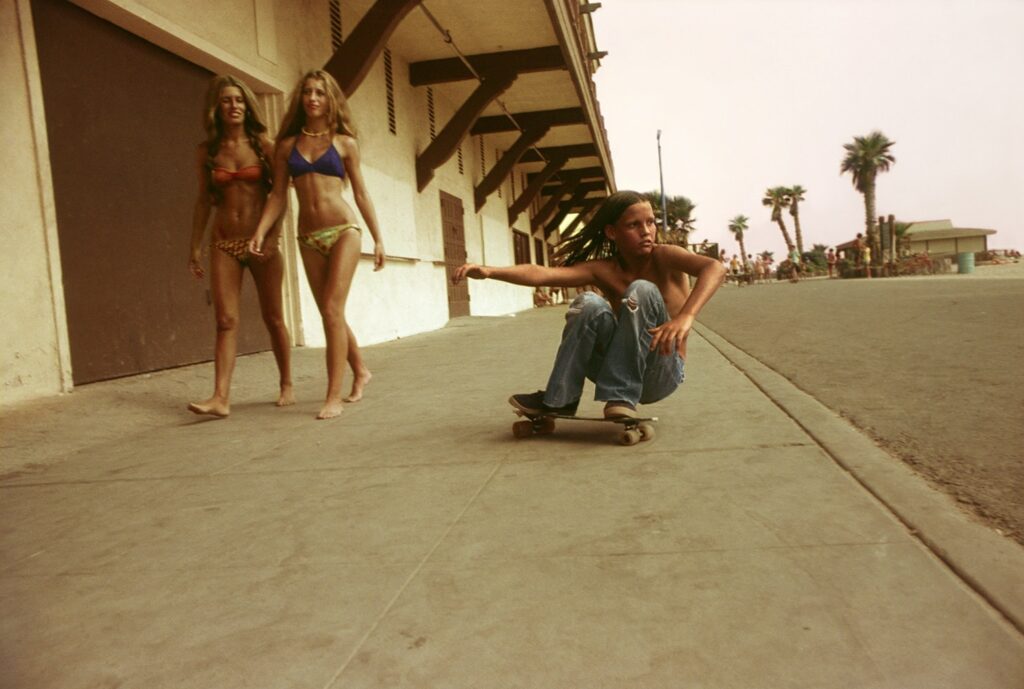
Only with the advent of innovative materials, around the 90s, was the longboard rediscovered: for example, new reverse kingpins in trucks made longboarding more stable. Caliornia-based Sector 9 started mass-producing and selling longboards, which eventually made longboarding a serious sport (X-Games etc.).
The golden age of longboards is the year 2010, when longboards reached the masses. Lots of people started to use longboards for every-day commute.
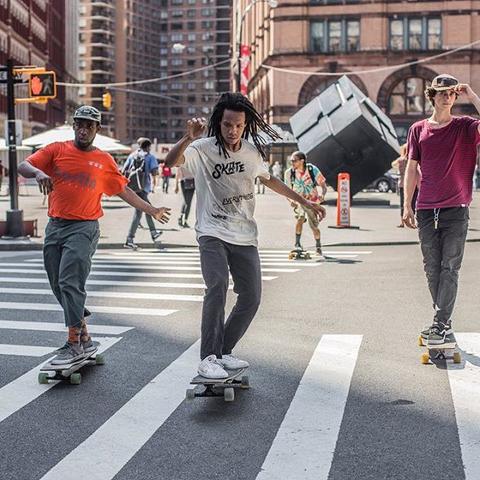
The first time a longboard appeared on the big screen was in The secret life of Walter Mitty, Ben Stiller's 2013 movie, The Secret Life of Walter Mitty which must have made all the longboard fans' hearts beat faster.

When it comes to longboards and skateboards, the stylistic element must be considered before the competitive component. The board whether it is long or short, is first of all a subculture, and in it coexists many different elements that help to make it closer to a philosophy of life than to a sport. Skateboarding styles and attitudes have evolved over the years, changing from city to city, and today each scene is closely linked to the interpretation of space and the character of the places where the discipline is practiced. New York longboarders, for example, coined the expression "Push Culture", which referred to a community and a rather aggressive and fast style of board use, a frontal way of approaching the city. New York is an urban agglomeration full of obstacles and complexity and precisely because of this articulation represents a real playground for anyone who loves skateboarding. It's like day day and night compared to the Californian set-up, where the long stretches of asphalt and hills allow a more "surfing" approach to the discipline.
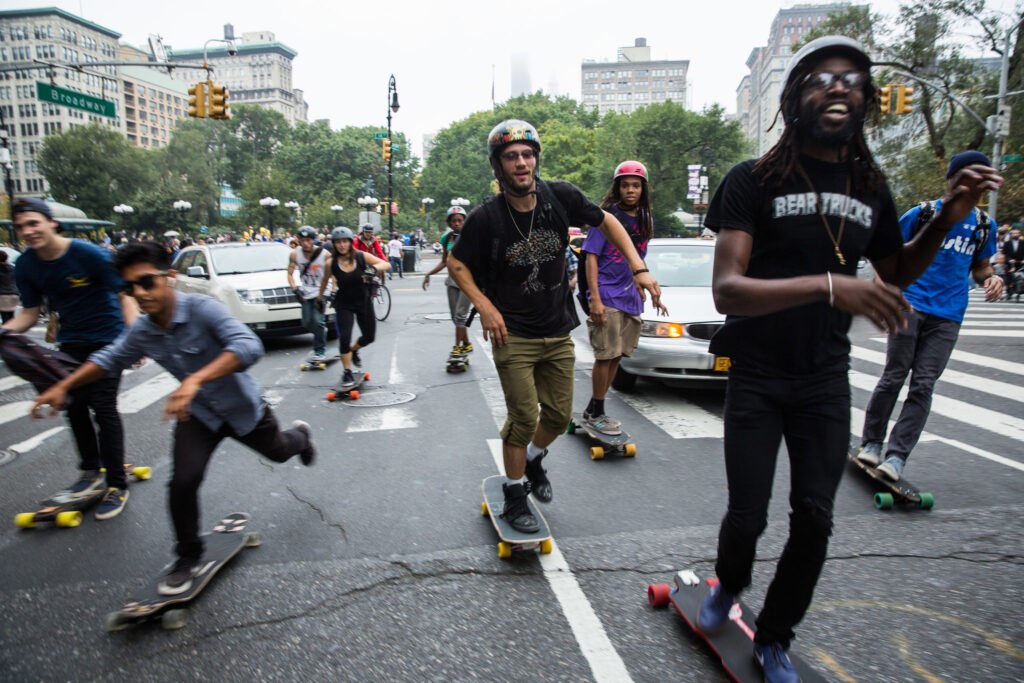
The longboard was born essentially to offer the thrill of speed, especially in the size of the downhill / freeride, when you devour the hills dashing in the wind. But within this universe there are also other disciplines in which coordination, balance and technique are the dominant skills: this is the case of carving or cruising, or simply moving using the board as a means of transport, usually in urban areas. In the extreme version, carving becomes slalom, where the skill of the rider is put to the test by a speed course between the pins. Then there is technical sliding, where speed control and tricks are the main purpose, and the boards are stressed in continuous slides and early grabs. And there is pumping, which consists of making wave movements to perform syncopated curves, so that the body alone gives the thrust necessary to move the board. At the end there are dancing and freestyle: the first is to move with your feet above the board, performing real dance steps, while the second provides tricks similar to those of the skateboard and other specifics, such as some spectacular grab tricks made possible by the specific length of the board. *’i ja ** ** * * * * * * * *
Sources: Wikipedia, Longboardbrand, Technogym
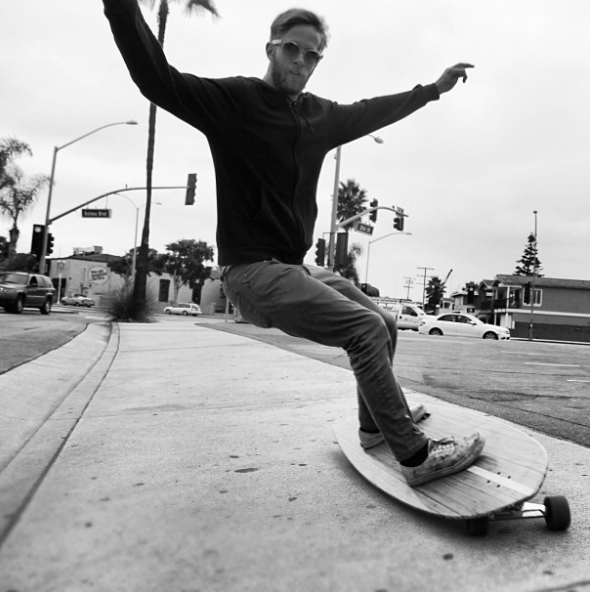

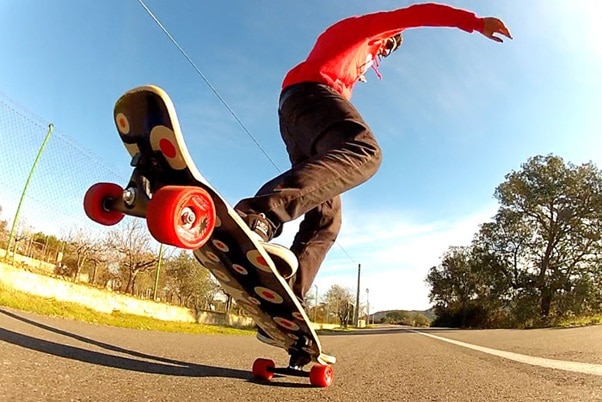

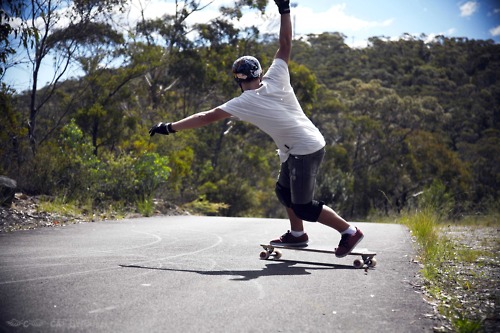
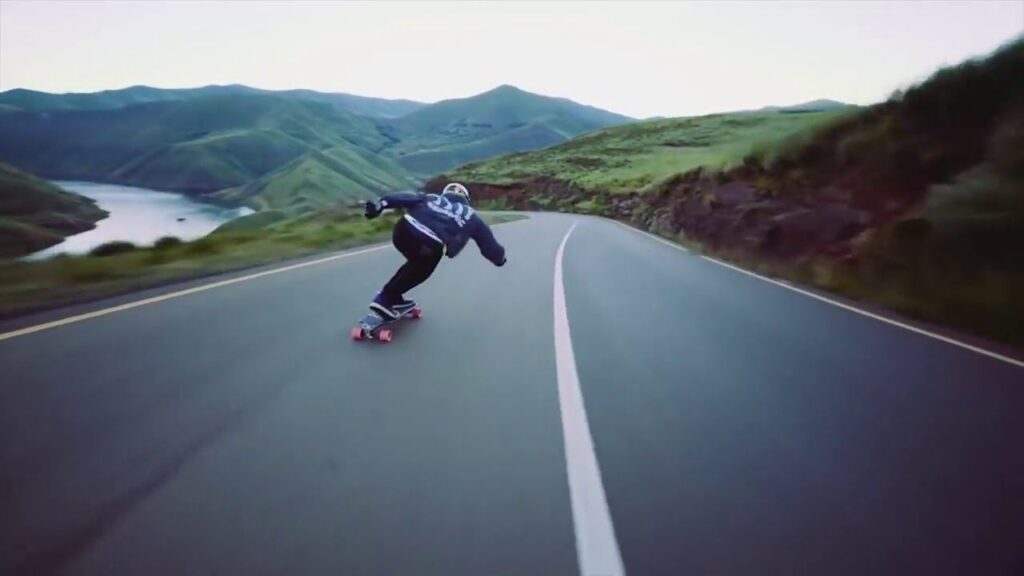
Tricks get applause, style gets respect!













































